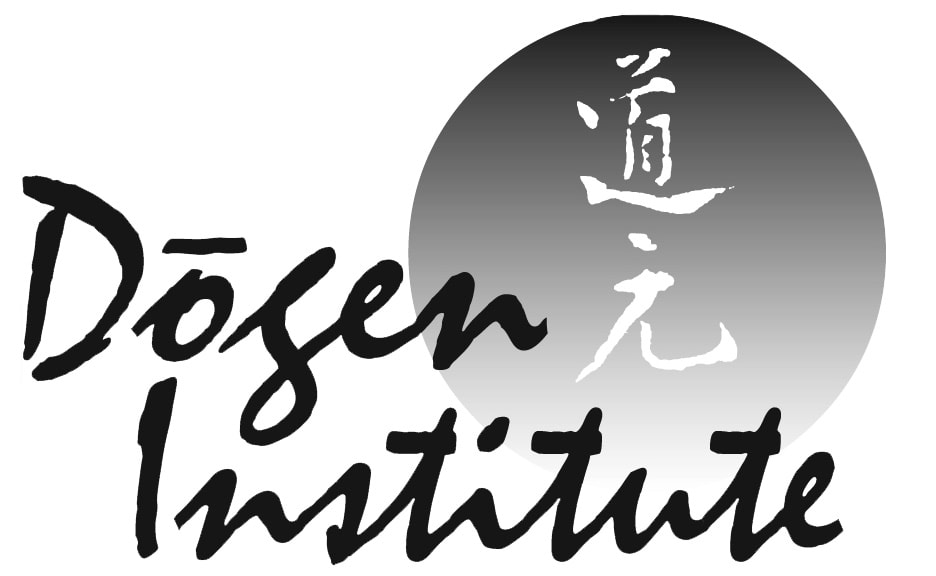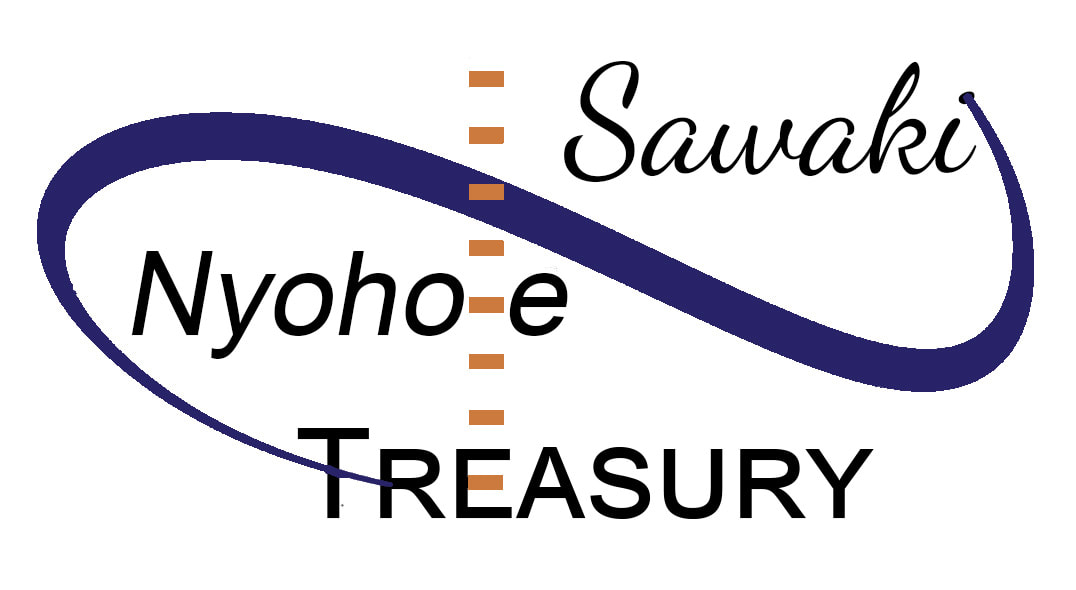Receiving the precepts
We receive the precepts from a preceptor, but they really come from the Buddhas and ancestors. The preceptor is a person between the recipient and Buddha. Our traditional belief is that the precepts are transmitted from Bibashi Buddha, the first Buddha, from the very beginning. The reality to which Buddha awakened is the source of these precepts. That's our faith. I can't "give" the precepts to anybody. They aren't my possessions; they were transmitted to me from my teacher, and his teacher transmitted them to him. The recipient does not become "my" possession either. Even Buddha said that he had no disciples.
-- Shohaku Okumura
-- Shohaku Okumura









